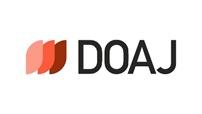Abstract
Rational choice theory holds that the alternative with largest expected utility in the choice set should always be chosen. However, it is often observed that an alternative with the largest expected utility is not always chosen while the choice task itself being avoided. Such a choice phenomenon cannot be explained by the traditional expected utility maximization principle. The current study posits shows that such a phenomenon can be attributed to the gap between the expected perceived gain (or loss) and the expected perceived value. This study mathematically analyses the relationship between the expectation of an alternative’s gains or losses over the reference point and its expected value, when the perceived gains or losses follow continuous probability distributions. The proposed expected value (EV) function can explain the effects of loss aversion and uncertainty on the evaluation of an alternative based on the prospect theory value function. The proposed function reveals why the expected gain of an alternative should exceed some positive threshold in order for the alternative to be chosen. The model also explains why none of the two equally or similarly attractive options is chosen when they are presented together, but either of them is chosen when presented alone. The EV function and EG-EV curve can extract and visualize the core tenets of the prospect theory more clearly than the value function itself.
Recommended Citation
Won, Eugene J. S.
(2016)
"Modeling the Relationship between Expected Gain and Expected Value,"
Asia Marketing Journal: Vol. 18
:
Iss.
3
, Article 4.
Available at: https://doi.org/10.15830/amj.2016.18.3.47
Creative Commons License

This work is licensed under a Creative Commons Attribution 4.0 License.




